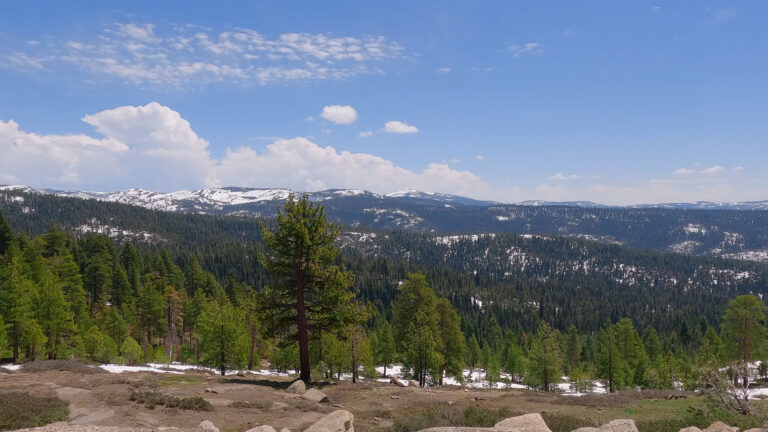Clark County is the most populated in Nevada with 2,350,611 people, followed by Washoe County with 499,064 residents. Lyon County has 63,538 inhabitants, Carson City has 58,007, and Elko County has 54,607.
These are the most populated counties in the state of Nevada:
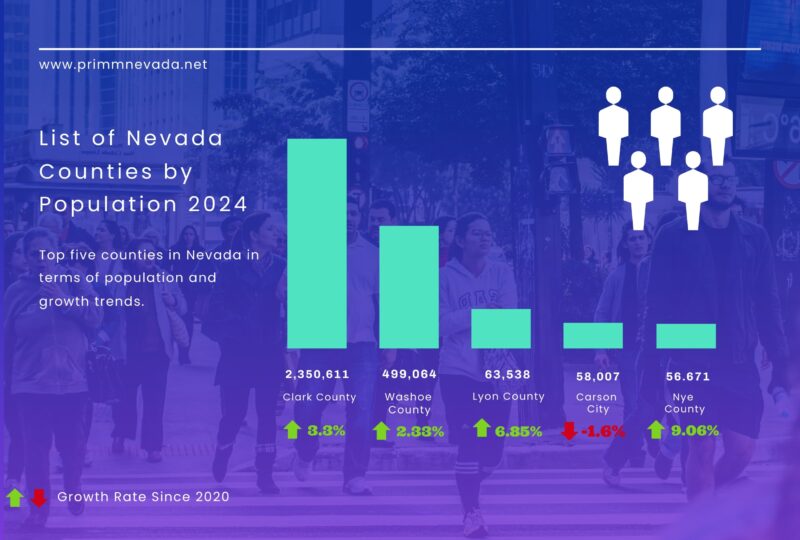
The Population of All Counties In Nevada 2024
This data provides insights into both population sizes and growth trends, helping to understand demographic changes across the state.
All figures have been sourced from the World Population Review, a reliable provider of up-to-date demographic data.
| County | 2024 Population | Growth Rate Since 2020 |
|---|---|---|
| Clark County | 2,350,611 | +3.33% |
| Washoe County | 499,064 | +2.33% |
| Lyon County | 63,538 | +6.85% |
| Carson City | 58,007 | -1.16% |
| Nye County | 56,671 | +9.06% |
| Elko County | 54,607 | +1.76% |
| Douglas County | 49,428 | -0.2% |
| Churchill County | 25,808 | +0.92% |
| Humboldt County | 16,976 | -1.71% |
| White Pine County | 8,298 | -8.4% |
| Pershing County | 6,278 | -5.12% |
| Lander County | 5,777 | +0.86% |
| Mineral County | 4,519 | -0.77% |
| Lincoln County | 4,464 | +0.43% |
| Storey County | 4,189 | +1.97% |
| Eureka County | 1,971 | +6.43% |
| Esmeralda County | 725 | -1.23% |
Clark County
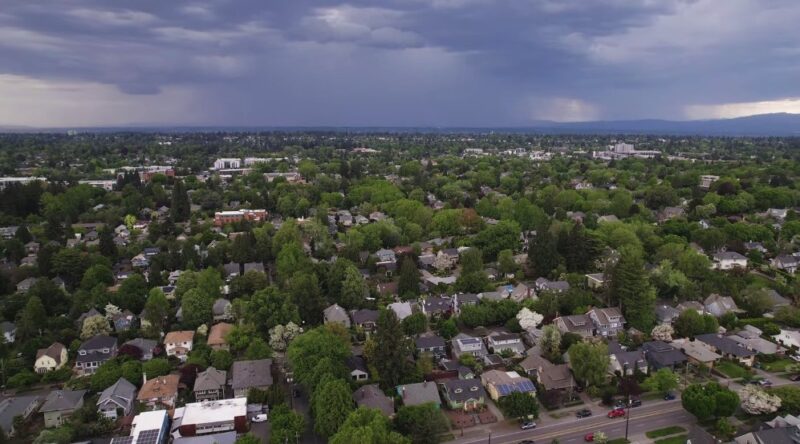
Clark County’s population is notably diverse, with White residents making up approximately 49.87%, followed by significant representations of Hispanic (28.1%), Black (12.01%), and Asian (10.17%) communities. Interestingly, in Laughlin, almost 90% of residents are white.
Education attainment in Clark County shows that 27.82% of adults are high school graduates, while 17.4% hold bachelor’s degrees. This reflects a broad spectrum of educational backgrounds which contribute to the local economy and culture.
The county’s diversity is also mirrored in its economic stratification. For instance, the average earnings for individuals vary significantly by educational attainment, ranging from $33,361 for those with less than a 9th-grade education to $75,913 for those with graduate degrees.
About 66.3% of the residents speak only English at home, while a substantial 22.75% communicate in Spanish, highlighting the multicultural makeup of the county.
Economic challenges are evident in the poverty statistics, where 20.8% of the Black population lives below the poverty line, which is the highest among all ethnic groups. Conversely, the White community has the lowest poverty rate at 9.75%
Washoe County
The county is predominantly White, constituting 67.95% of the population. Other significant racial demographics include individuals identifying with two or more races (11.44%) and those categorized as other races (10.71%).
Washoe County boasts a strong educational profile. Approximately 19.7% of adults possess bachelor’s degrees, and 12.78% have achieved graduate degrees.
The highest rate of high school graduation is among the White population at 95.24%, indicating a strong educational foundation across the county.
Asian residents have the highest rate of attaining bachelor’s degrees at 45.39%, showcasing significant educational achievements within this community.
Lyon County
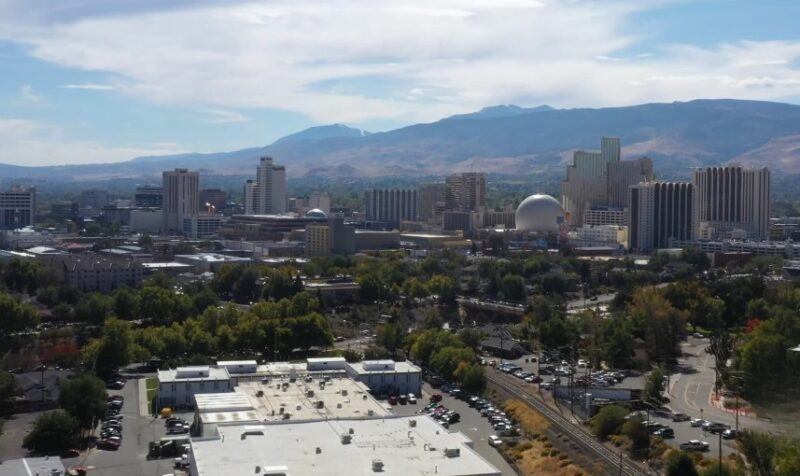
The senior population in Lyon County constitutes a significant demographic, with 12,604 adults identified as seniors. This indicates a mature population that could influence local healthcare, housing, and social services.
The county exhibits a high rate of home ownership at 76.4%, suggesting a stable residential market. Among different household types, married couples have the highest ownership rate at 83.4%, demonstrating a strong community of family-oriented residents.
Economic outcomes significantly vary by education level. For instance, individuals with a bachelor’s degree earn an average of $52,580, while those with less than a 9th-grade education earn $34,344. This highlights the importance of educational attainment for economic well-being in the county.
Carson City
The racial composition of Carson City is predominantly White at 74.57%, with significant representation from those identifying with two or more races at 10.46%, and other races at 8.09%. This diversity impacts cultural dynamics and community programs.
The median age is 42.1 years, with a more pronounced aging trend among females (43.3 years) than males (41.5 years). This statistic is crucial for healthcare services and retirement planning.
Economic variations are apparent when observing income levels across different races. For instance, Asian residents tend to have higher educational attainment and earnings, which could influence local economic policies and support programs.
While 78.15% of the population speaks only English, a significant 21.85% speaks other languages, with Spanish being the predominant non-English language at 17.79%. This multilingual aspect necessitates bilingual services and education in government and public sectors.
Nye County

In Nye County, educational levels show that 35.68% of residents over the age of 25 are high school graduates, which is the highest percentage among the educational categories. Additionally, 8.35% have bachelor’s degrees, indicating a community with varied educational backgrounds.
The average earnings for residents vary based on education. Those with graduate degrees earn an average of $54,926, significantly higher than those who did not finish ninth grade, who earn about $30,435. This discrepancy highlights the impact of education on earning potential.
The population is predominantly White (77.36%), with notable percentages of residents identifying as two or more races (9.85%) and other races (6.89%). The economic statuses among these groups vary, potentially influencing local economic strategies and community support programs.
Elko County
In terms of demographics, 71.07% of Elko’s population is White, followed by 13.23% identifying as two or more races, and 8.32% as other races. The Native American population stands at 5.04%, providing a glimpse into the diverse racial makeup of the county.
The median age is relatively young at 34.9 years, with a balanced gender distribution of 52.37% male and 47.63% female. This demographic structure supports a dynamic labor force, which is crucial for the county’s economic activities, primarily centered around mining and ranching.
Education levels vary, with 33.81% of adults over 25 being high school graduates, and 10.5% holding bachelor’s degrees. This educational attainment is linked to economic outcomes, where individuals with higher education levels tend to earn more. For example, those with a bachelor’s degree earn an average of $64,429, significantly higher than the county’s median income.
Douglas County
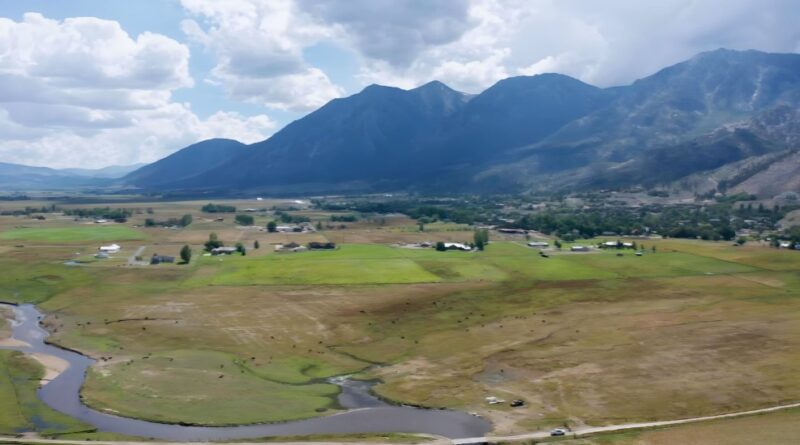
Douglas County, Nevada, with an estimated population of 49,428 in 2024, is experiencing a slight decline in numbers, showing a growth rate of -0.24%.
This places it as the seventh-largest county in Nevada. Since 2010, the population has increased by 5.08%, from 47,037, indicating slow growth over the past decade.
Predominantly white (84.09%), the county’s demographic profile also includes significant proportions of those identifying with two or more races (6.75%) and other races (4.7%).
The median age is relatively high at 53.5 years, reflecting a significant senior population, with nearly 30% of the adult population being seniors.
Douglas County shows a high homeownership rate at 76.7% and an education profile where 20.42% hold a bachelor’s degree.
Economic figures reveal that those with a bachelor’s degree earn an average of $59,342, which is above the median for some college education and significantly higher than those without a high school diploma.
Churchill County
Approximately 77.25% of Churchill County’s population identifies as White, while those identifying as two or more races constitute 8.78%. Another 5.01% of the population is classified under ‘Other race’.
The median age in Churchill County is 39.7 years, indicating a mature population distribution. The male and female populations are fairly balanced with males making up 51.6% and females 48.4%.
Educationally, 33.76% of residents over the age of 25 are high school graduates. Those holding bachelor’s degrees represent 12.38% of the population, suggesting a moderate level of higher educational attainment.
Economically, the average income for residents with a bachelor’s degree is $55,472, which provides a perspective on the economic benefits of higher education in the county.
Humboldt County
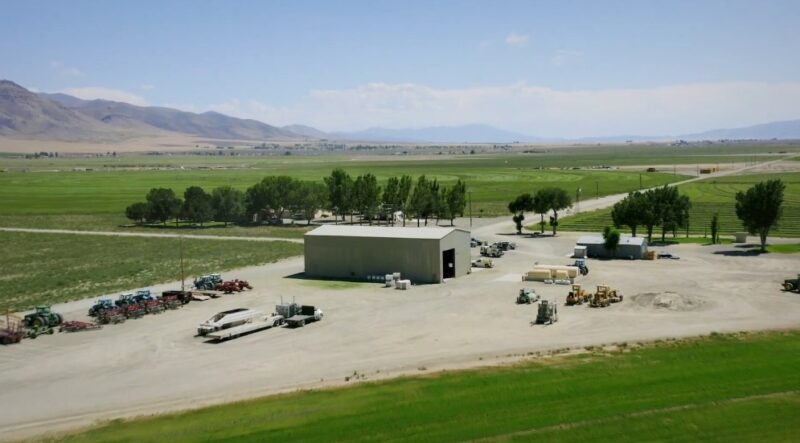
Humboldt County’s 2024 population is estimated to be 16,976, marking a decline of 0.93% from the previous year. This makes it the 9th largest county in Nevada.
The racial composition of Humboldt County is predominantly White at 75.82%, followed by other races at 9.09%, and two or more races at 8.82%. Native Americans make up 3.87% of the population.
The median age in Humboldt County is 37 years, with a slight difference between genders; males have a median age of 36.9 years, and females, 37.8 years.
Educational attainment among residents over 25 shows that 34.11% are high school graduates, while those holding bachelor’s degrees constitute 15.44%.
White Pine County
The estimated population of White Pine County in 2024 is 8,298, showing a decline of 2.63% from the previous year. This makes it the 10th largest county in Nevada based on population size.
The median age in White Pine County is relatively high at 41.4 years, reflecting a somewhat older population compared to other regions.
Educational attainment in the county shows that 42.38% of residents over 25 years old are high school graduates, with a smaller proportion, 9.87%, holding a bachelor’s degree.
Economically, the average earnings for residents with a bachelor’s degree are approximately $70,982, indicating the potential financial benefits of higher education within the county.
Pershing County
Pershing County has an estimated population of 6,278 in 2024, which reflects a decrease of 1.35% from the previous year. This county ranks as the 11th largest in Nevada.
The racial composition of Pershing County is predominantly White at 74.09%, followed by 8.64% of the population identifying as two or more races, and 8.44% classified as other races. The Black or African American population constitutes 3.99% of the total.
The median age for residents in Pershing County is 40.4 years, indicating a fairly mature demographic spread across the county.
Regarding education, 42.51% of those over 25 years old have graduated high school, and 5.8% hold a bachelor’s degree. This educational profile is indicative of the broader economic and social characteristics of the area.
Lander County
Lander County, with a population of 5,777 in 2024, has experienced a minimal annual growth rate of 0.14%. This positions it as the 12th largest county in Nevada by population.
The demographic breakdown reveals a predominantly White population at 84.81%, with 6.51% identifying as two or more races, and 4.12% as Native American. Black or African American residents make up 3.54% of the population.
The median age in Lander County is 40 years, with males slightly younger on average at 39.5 years compared to females at 42.6 years.
Educational data shows that 34.61% of residents over 25 have completed high school, while 6.62% have obtained a bachelor’s degree. This educational profile suggests a community with a diverse range of qualifications and skills.
Mineral County
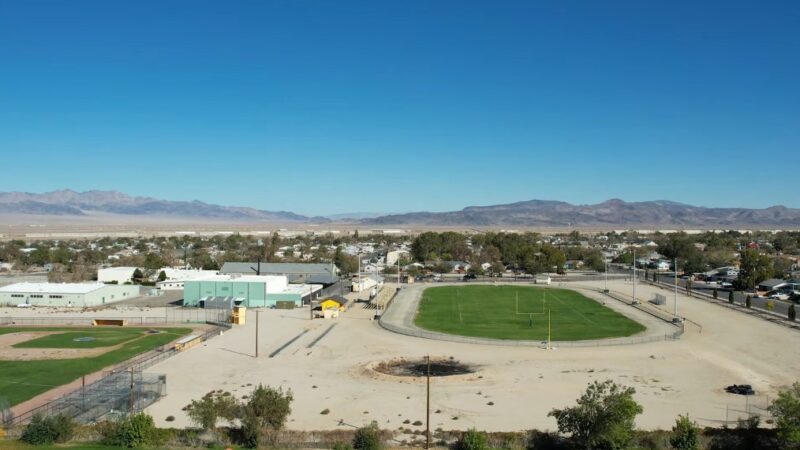
In 2024, Mineral County has an estimated population of 4,519, showing a slight decline of 0.2% over the past year. This small county is the 13th largest in Nevada by population.
The population density in Mineral County is quite low, with about 1 person per square mile across its 3,751 square miles, highlighting its rural character.
With regard to household dynamics, Mineral County has a substantial rate of home ownership at 73.9%, and the average household size is 2.38, suggesting a community-oriented lifestyle with relatively spacious living conditions.
Among adults over the age of 25 in Mineral County, 41.56% have completed high school as their highest level of education, while 12.69% have attained a bachelor’s degree. This indicates a diverse range of educational backgrounds within the population.
Lincoln County
As of 2024, Lincoln County’s population stands at 4,464, with a mild annual growth rate of 0.27%. The county has seen a significant decline of 16.58% in its population since 2010, indicating a broader demographic shift.
The racial makeup of Lincoln County is predominantly White, accounting for 84.49% of the population. Native Americans represent 3.64%, and African Americans make up 4.53%, with smaller percentages for other races.
The average household size in the county is 2.43, with a high homeownership rate of 73.7%. This suggests a stable residential base, where most households prefer owning their homes.
In terms of education, 43.36% of adults over 25 in Lincoln County have completed high school as their highest level of education, while 9.16% have obtained a bachelor’s degree. The educational statistics indicate a community with a solid base of high school education but lower college graduation rates compared to national averages.
Storey County
With an estimated 2024 population of 4,189, has seen a modest growth rate of 0.29% over the past year. The county has experienced a 4.8% increase since the 2010 population count of 3,997, making it the 15th largest county in Nevada.
Demographic Breakdown:
- White: 83.83%
- Two or more races: 12.31%
- Black or African American: 1.98%
- Asian and other races: Comprise the remaining approximately 2%
The median age in Storey County is notably high at 55.7 years, reflecting an older demographic. The county maintains a significant majority of homeowners with a homeownership rate of about 97%, emphasizing a community preference for owning homes.
Educational Attainment:
- High school graduate or higher: Over 90%
- Holds a bachelor’s degree or higher: Approximately 31%, which is above average and indicates a well-educated resident base.
Eureka County

Eureka County’s population for 2024 is projected at 1,971, reflecting a growth rate of 2.82% over the previous year. Despite this growth, it remains one of the least populated counties in Nevada, ranking 16th.
The majority of the population is White, making up 90.57%, with Native Americans representing 5.3% of the population. Other racial groups such as Asians and Blacks constitute minor percentages at 0.55% and 0.06%, respectively.
The county has a substantial homeownership rate at 76%, reflecting a community with a strong preference for owning homes over renting. The average family size in the county is 3.05, suggesting that family-oriented households are prevalent.
Esmeralda County
Nevada’s smallest county population stands at 725, marking a slight decrease of 1.49% from the previous year, according to the latest U.S. census data.
As the 17th largest county in Nevada, Esmeralda County has experienced a decline of 7.41% since the 2010 census count of 783 residents.
The majority of the population is White (89.9%), followed by those identifying with two or more races (6.63%), and smaller percentages of Asian (1.94%) and Native American residents (1.33%).
The median age in Esmeralda County is notably higher than national averages at 55 years, suggesting a predominantly older population.
Among adults over 25, 22.68% have completed high school as their highest education level, and 15.23% have obtained a bachelor’s degree. This indicates a diverse range of educational backgrounds within the community.
Related Posts:
- Clark County Population in 2024 - Growing Faster…
- The Best 7 Things to Do in Laughlin Nevada in 2024
- Star of the Desert Arena - Upcoming Events In The…
- Ivanpah Valley Airport: A New Gateway to Southern Nevada
- Where To Eat When You Come To Primm, Nevada?
- Does It Snow in Nevada? Another Side of The Land of…












